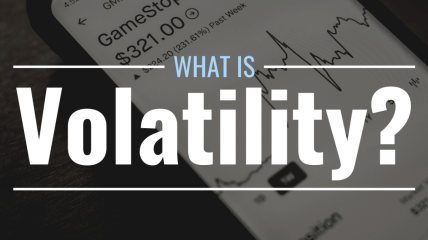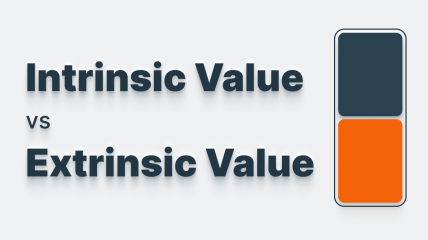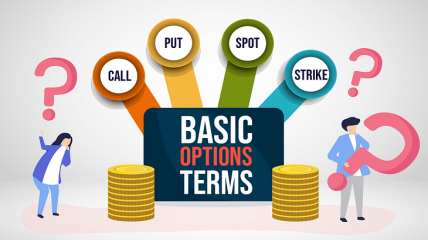Call and Put Options: Strategic Investment Tools for Maximizing Gains
Call and put options are two fundamental types of options contracts that provide investors with the right, but not the obligation, to buy or sell an underlying asset at a specified price before a certain date. Understanding these financial instruments allows savvy investors to capitalize on various market conditions.
A call option grants the holder the right to purchase an asset at a predetermined price, known as the strike price, within a specified period. Investors often buy call options when they anticipate that the price of the underlying asset will rise significantly beyond the strike price, aiming to leverage the difference for profit. For example, if an investor buys a call option on stock XYZ at a strike price of $50, and the stock escalates to $70, the investor can exercise the option to buy at $50, immediately sell at the current market price of $70, and secure a gain minus the initial cost of the option.
Conversely, a put option provides the holder with the right to sell the underlying asset at a predetermined strike price within a set time frame. This tool is particularly useful when an investor forecasts a decline in the asset’s price. By buying a put option, they can ensure the ability to sell at a higher, predetermined price even if the market value drops. If an investor holds a put option with a strike price of $50 on stock XYZ which then falls to $30, they can exercise the option to sell at the higher strike price, thus mitigating potential losses or even profiting from the market downturn, considering the price paid for the option.
To benefit from call and put options, investors must carefully consider their market outlook and risk tolerance. Timing is crucial in executing options trading strategies; thus, investors often couple their analysis of market trends with a thorough evaluation of the options' expiration dates and volatility. Additionally, incorporating options into a diversified portfolio can be a way to hedge against potential losses, as they can provide insurance or a safety net in fluctuating markets.
Ultimately, options trading requires skill and knowledge, and while they offer substantial reward potential, they also come with notable risks, such as the potential loss of the premium paid for the option. Investors considering options should seek to fully understand these instruments and, where necessary, consult financial advisors to ensure that their investment strategies align with their financial goals and expertise level.












